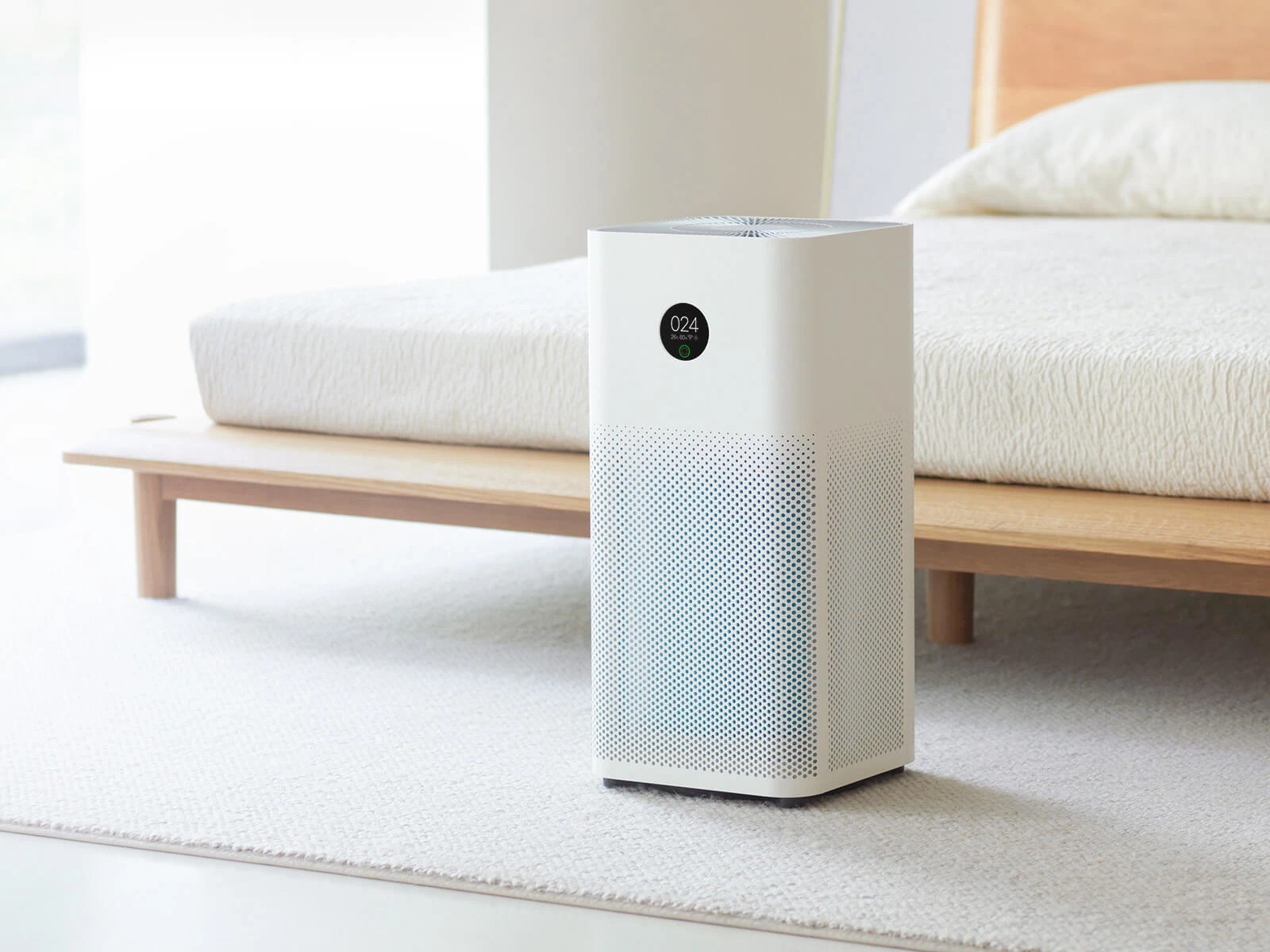In the realm of sensor technology, there exists a significant diversity in principles and structures. Choosing the right sensor based on specific measurement objectives, target objects, and environmental conditions is the initial challenge when undertaking a measurement task. The success of measurement results is heavily dependent on the rational selection of sensors.

- Sensitivity Selection
Ideally, within the linear range of a sensor, higher sensitivity is preferred as it results in larger output signals corresponding to changes in the measured quantity. However, caution must be exercised, as higher sensitivity may amplify unrelated external noise, affecting measurement accuracy. It is essential for sensors to possess high signal-to-noise ratios to minimize the impact of introduced external interference. Sensor sensitivity is directional, and considerations should be made based on the unidirectionality or multidirectionality of the measured quantity.
- Type Selection Based on Measurement Object and Environment
Choosing the sensor principle is the primary consideration when embarking on a specific measurement task. Various factors, such as the measurement range, spatial requirements, contact or non-contact measurement methods, signal extraction methods (wired or non-contact), and the source of the sensor (domestic or imported), all need to be analyzed. Once these factors are considered, the appropriate sensor type can be determined, followed by a focus on specific performance indicators.
- Frequency Response
The frequency response characteristic of a sensor dictates the range of frequencies it can accurately measure. The sensor's response typically incurs some delay, and minimizing this delay is desirable. High-frequency response expands the signal frequency range, but mechanical systems with high inertia limit low-frequency sensors. In dynamic measurements, response characteristics must align with signal attributes to avoid introducing undue errors.
- Linearity Range
The linearity range of a sensor refers to the proportional relationship between its output and input within a specified range. A wider linear range implies a larger measurement range and ensures a certain level of measurement accuracy. While selecting a sensor, the desired measurement range should align with the sensor's capabilities. In situations where lower measurement accuracy is acceptable, sensors with minimal nonlinear errors within a defined range can be approximated as linear, offering practical convenience.
- Stability
Stability refers to a sensor's ability to maintain consistent performance over time. Apart from the inherent structural aspects, environmental conditions significantly impact a sensor's long-term stability. Investigating the usage environment is crucial before sensor selection, and measures can be taken to mitigate environmental influences. Long-term stability can be quantitatively assessed, and recalibration is recommended after the sensor's expected lifespan to ensure consistent performance.
In conclusion, the selection of sensors for measurement purposes involves a meticulous analysis of sensitivity, sensor type, frequency response, linearity range, and stability. A thoughtful consideration of these factors ensures the rational choice of sensors, thereby contributing to the reliability and accuracy of measurement outcomes.
Previous: Classification and Fault Types of Temperature Sensors
Next: Analysis of Air Conditioner Temperature Sensor Malfunctions





